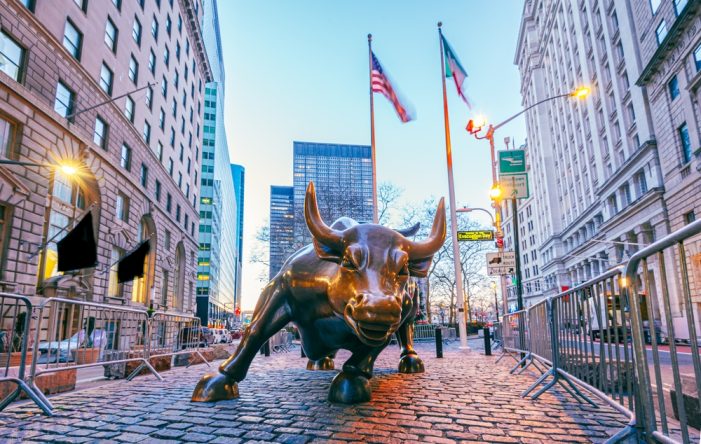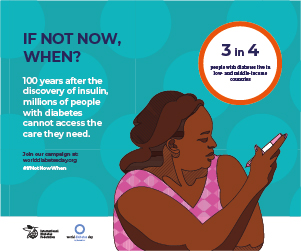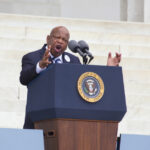But the figure understates the weakness in the economy. Private sector jobs excluding health care fell by a significant 33,000. And the declines are concentrated in the crucial finance and professional business service jobs that account for the highest paying jobs and produce the most tax revenue.
“There is so much uncertainty because of the tariffs,” said Jessica Walker, the president of the Manhattan Chamber of Commerce. “Our members are not laying people off but they are not hiring either and that’s a smart thing to do given the uncertainty. It is unfortunate that we are feeling everything on an outsized basis.”
The two areas that continue to add jobs are a mixed blessing because they are the result of increases in state and city budgets. Health care positions grew by 21,000 in the first five months driven primarily by home health care jobs that are among the lowest paid in the city. Health care accounted for two-thirds of the job growth in 2024.
The increase in government jobs is concentrated in local government as the city tries to rebuild the workforce that shrunk during the pandemic.
Making matters worse is that inflation remains much higher in New York than the rest of the country, primarily because housing costs continue to climb, notes Emily Eisner, an economist for the progressive Fiscal Policy Institute. Prices in May in the New York area increased by 3.4%, the second highest of the 20 largest metropolitan areas of the country.
Whether the dip in jobs is a signal that the city is headed to a recession depends primarily on what happens in four key areas, says Rahul Jain, the deputy state comptroller for New York City.
“When does home health care growth slow, will the weakness in securities jobs continue, what happens with leisure and hospitality and retail?” he asked.
Leisure and hospital jobs have dropped by 5,000 so far this year and the official forecast from NYC Conventions + Tourism was recently revised to show a slight decline of 300,000 visitors to the city this year as international tourism, especially from Canada, slumps.
Hotel occupancy did decline by one percentage point in May but remains a robust 88% and room rates remain at record levels, according to data provider CoStar.
Any economic downturn spells big trouble for both the state and city budgets because both foresee big increases in spending despite looming cuts in federal aid.
State spending for the fiscal year that began April 1 increased by slightly more than 12%, according to calculations by the Citizens Budget Commission, or four times the rate of inflation. The CBC expects city spending to increase by at least 4% in the new budget to be adopted at the end of the month, following an increase of almost 8% last year. The city budget is based in part on the city’s expectation of a 77,000 increase in jobs.
But the Republican tax and spending cut legislation working its way through Congress could cost the state and city as much as $20 billion, forcing tough decisions later this year that would be more difficult if revenues decline as well.
While affordability has been one of the most important issues in the Democratic mayoral campaign, little attention has been paid to the economy and job growth. That could change since Mayor Eric Adams, who is running for reelection as an independent, constantly proclaims his economic stewardship by boasting about the record number of jobs in the city.
For example, in March the mayor issued a press release titled “Mayor Adams Celebrated All-Time High Total Jobs Record, for the Tenth Time Under His Administration.”
The claim has always exaggerated New York’s economic gains as the local recovery has been far weaker than the country as a whole. New York did not regain all the jobs lost in the recession until more than a year after the rest of the country. And since regaining those losses, the nation has seen employment grow by 5%. The city’s gain has been only 2.7%.
The mayor continues to insist all is well with the economy.
“We have 127,400 more private sector jobs than we had in February 2020 before the pandemic, our private sector jobs have grown faster than the nationwide rate over the past year, and the city’s unemployment rate continues to decline month after month — now sitting at 4.8%,” said spokesperson William Fowler. “While national trends suggest a slowdown in growth, New York City’s economy remains strong, and we will continue to monitor the numbers and economic landscape at the local and national level.”
One area that could lift the city’s economy is construction, where employment remains fat but could surge because of an increase in residential projects spurred by recent changes in state and city housing policies. It may be crucial both for the short and the long-term, says Eisner of the Fiscal Policy Institute.
“I don’t see the city’s economy turning around unless there is a change in housing construction and growth in the middle class jobs and homes where middle class people can live,” she said. “We are in a bind.”





































